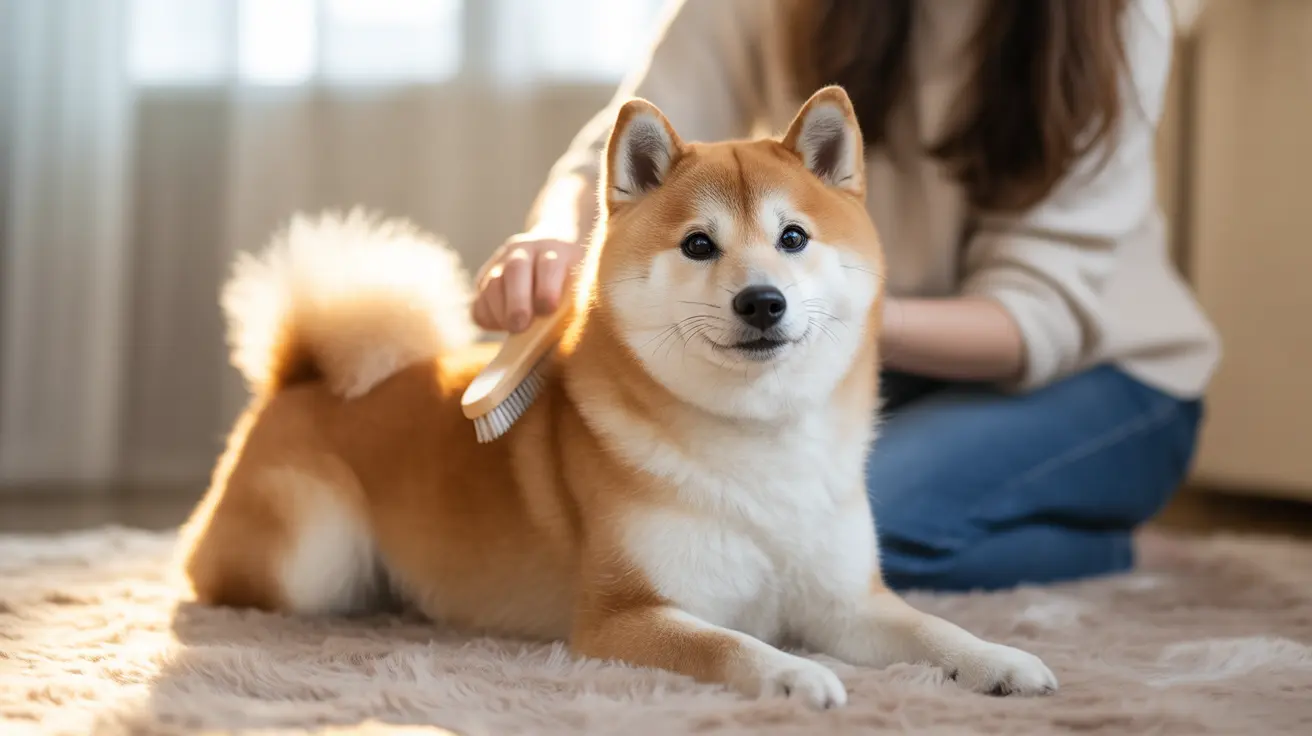Creating the perfect dog grooming kit is essential for maintaining your pet's health and appearance between professional grooming sessions. Whether you're a new dog owner or looking to upgrade your grooming supplies, having the right tools at hand makes the grooming process easier and more effective for both you and your furry friend.
This comprehensive guide will walk you through all the essential items that should be in your dog grooming kit, helping you make informed choices about the tools and products you need for successful at-home grooming.
Essential Brushes and Combs
The foundation of any dog grooming kit starts with the right brushes and combs. Different coat types require specific tools for optimal care:
Basic Brush Types
- Slicker brushes for medium to long-coated breeds
- Pin brushes for general grooming and finishing
- Rubber curry brushes for short-coated dogs
- Undercoat rakes for double-coated breeds
Specialized Combs
- Metal combs for detangling and mat removal
- Flea combs for parasite detection
- Dematting tools for stubborn tangles
Bathing and Cleaning Supplies
Proper bathing supplies ensure your dog stays clean and healthy while maintaining their coat's natural oils:
- Dog-specific shampoo
- Coat conditioner
- Grooming wipes
- Ear cleaning solution
- Towels or pet-specific drying cloths
- Hair dryer (if suitable for your dog)
Professional Trimming Tools
For breeds requiring regular trimming or touch-ups between professional visits:
- Quality dog clippers with various blade attachments
- Grooming scissors (straight and curved)
- Thinning shears
- Nail clippers or grinders
- Styptic powder for nail accidents
Hygiene and Maintenance Items
Don't forget these essential items for overall grooming maintenance:
- Toothbrush and dog toothpaste
- Eye wipes
- Paw balm
- Storage container or grooming bag
- Grooming table or non-slip mat
Frequently Asked Questions
What essential tools should be included in a basic dog grooming kit for at-home care?
A basic kit should include a brush appropriate for your dog's coat type, metal comb, nail clippers, dog-specific shampoo, grooming wipes, and ear cleaning supplies. Add specialized tools based on your dog's specific needs.
How often should I groom my dog, and what are the best practices for regular maintenance?
Grooming frequency depends on your dog's coat type and lifestyle. Short-haired breeds might need weekly brushing, while long-haired dogs require daily attention. Basic maintenance should include regular brushing, monthly baths, nail trimming every 2-4 weeks, and daily teeth brushing.
Why is it important to use dog-specific shampoo and conditioner instead of human products?
Dogs have different skin pH levels than humans. Human products can disrupt their skin's natural balance, leading to irritation, dryness, and potential skin problems. Dog-specific products are formulated to maintain proper pH levels and address canine-specific coat and skin needs.
What are the best brush types for different dog coat lengths and types, and how often should I brush my dog?
For short coats, use rubber curry brushes or bristle brushes 1-2 times weekly. Medium coats need slicker brushes or pin brushes 2-3 times weekly. Long or double coats require pin brushes, slicker brushes, and undercoat rakes used daily to prevent matting.
How can I prevent matting and tangling in my dog's coat, especially for long-haired breeds?
Regular brushing is key to preventing mats. Brush daily, focusing on prone areas like behind ears, under legs, and chest. Use a detangling spray before brushing, and always brush down to the skin, working in small sections. Keep the coat clean and dry, and consider regular trimming to maintain manageable length.
Remember, investing in quality grooming tools and establishing a regular grooming routine will help maintain your dog's health and appearance while strengthening your bond through these care sessions.






